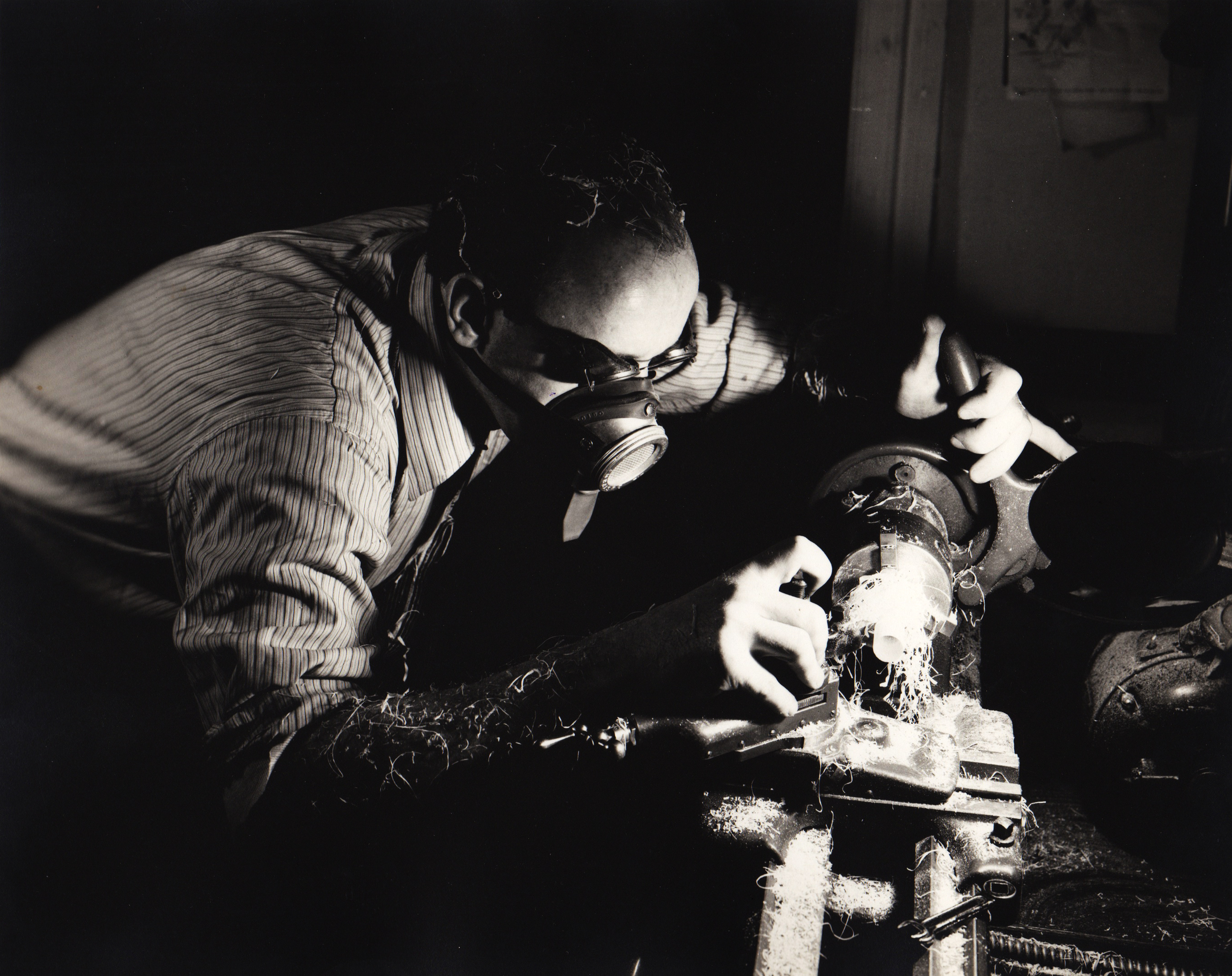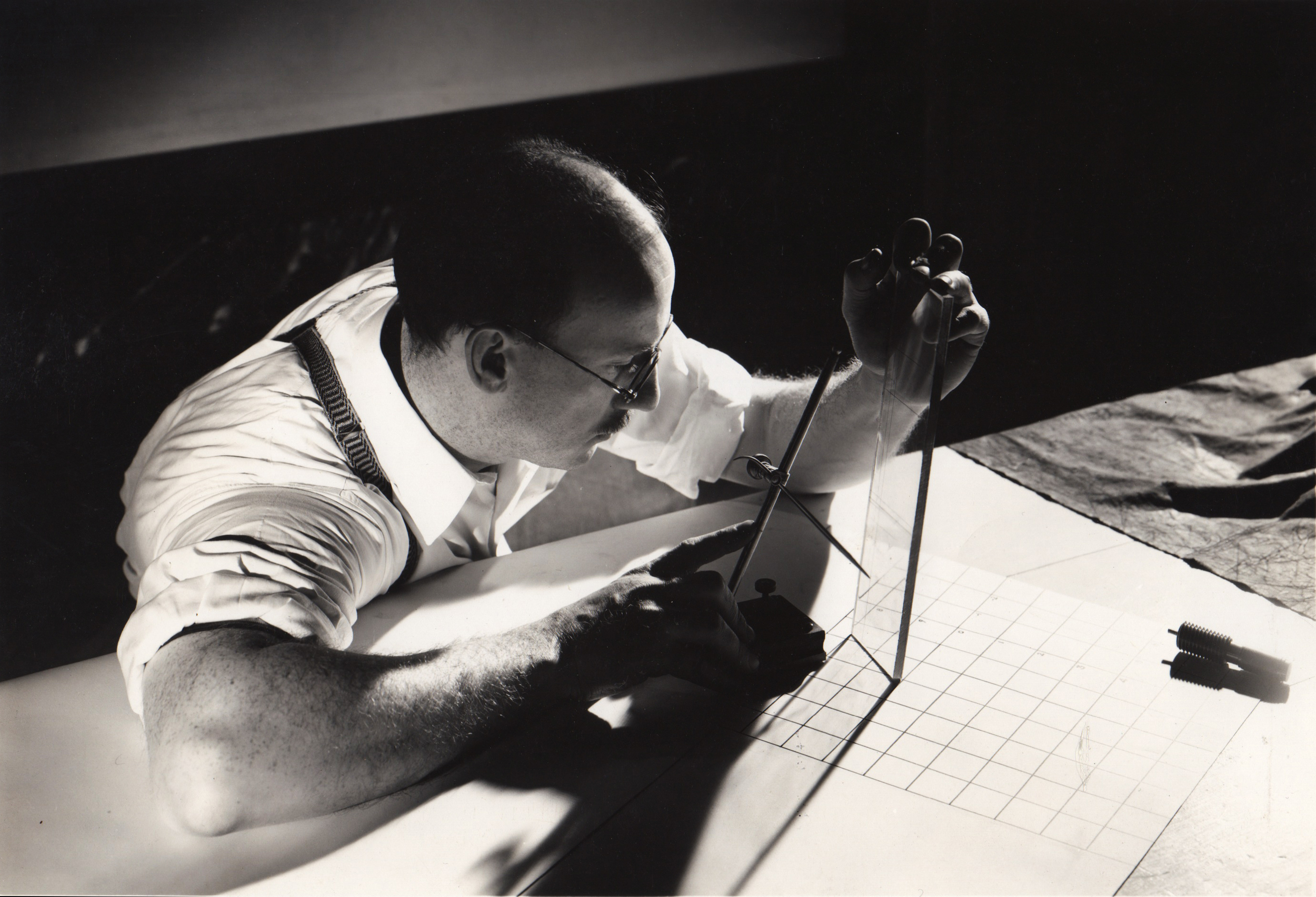


(1907-1981) First generation New York abstract expressionist artist
sculptor, painter, draughtsman
Moves to 241 East Thirty-third Street in Manhattan, where he establishes a studio.
Finds employment through government-sponsored projects instituted by the Works Progress Administration.
Buys a lathe and begins to devote more time to sculpture, creating pristine objects and reliefs reminiscent of the polished metal constructions of Bauhaus artists such as Moholy-Nagy, Rudolf Belling, and Oskar Schlemmer.
1935
The Whitney Museum of American Art purchases Fisherman’s Bride (1934) out of their Second Biennial Exhibition of Contemporary American Painting.
Given a large one-man exhibition – paintings, drawings, and works on paper – at the International Art Center of the Nicholas Roerich Museum, New York.
The painting Seated Figure receives The Joseph N. Eisendrath Prize at the “39th Annual Exhibition by Artists of Chicago and Vicinity” Jan 31-March 10, 1935, The Art Institute of Chicago.
Moves to 241 East Thirty-third Street in Manhattan, where he establishes a studio.
Finds employment through government-sponsored projects instituted by the Works Progress Administration.
Buys a lathe and begins to devote more time to sculpture, creating pristine objects and reliefs reminiscent of the polished metal constructions of Bauhaus artists such as Moholy-Nagy, Rudolf Belling, and Oskar Schlemmer.
1935
The Whitney Museum of American Art purchases Fisherman’s Bride (1934) out of their Second Biennial Exhibition of Contemporary American Painting.
Given a large one-man exhibition – paintings, drawings, and works on paper – at the International Art Center of the Nicholas Roerich Museum, New York.
The painting Seated Figure receives The Joseph N. Eisendrath Prize at the “39th Annual Exhibition by Artists of Chicago and Vicinity” Jan 31-March 10, 1935, The Art Institute of Chicago.